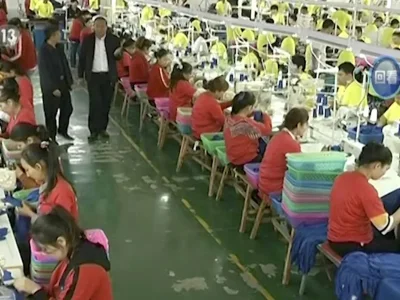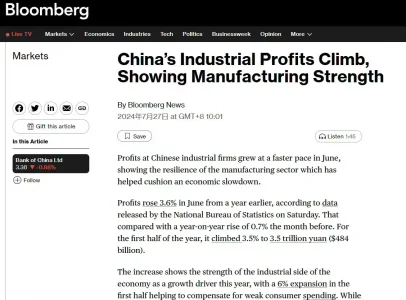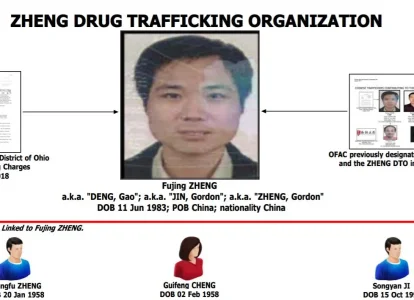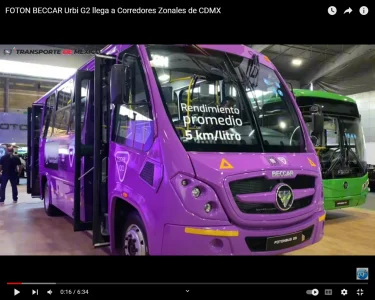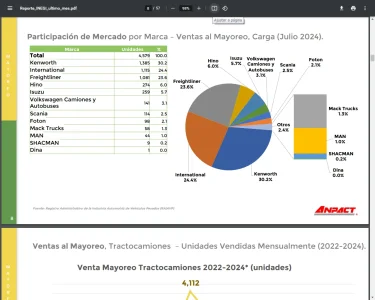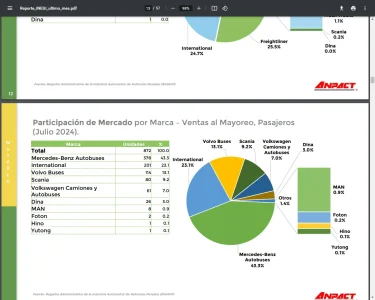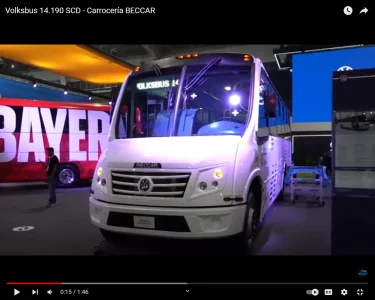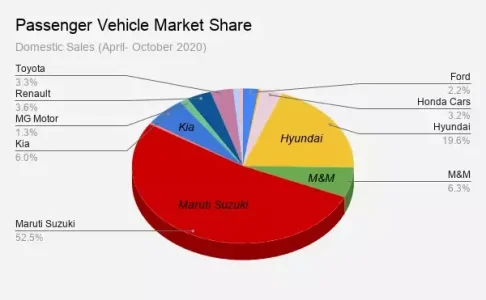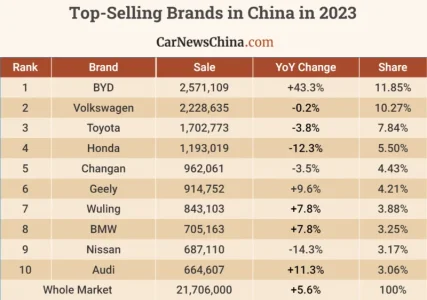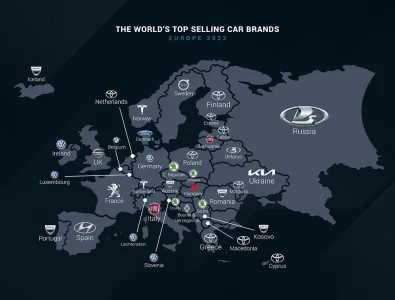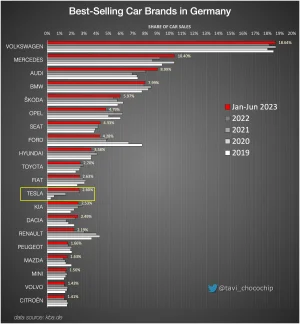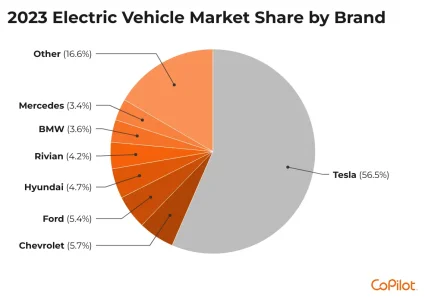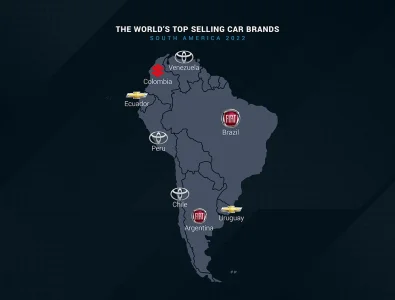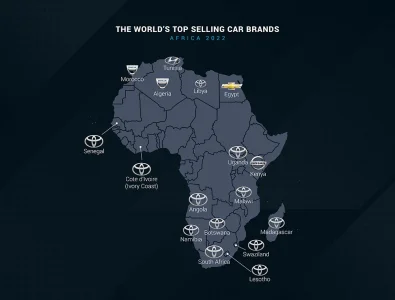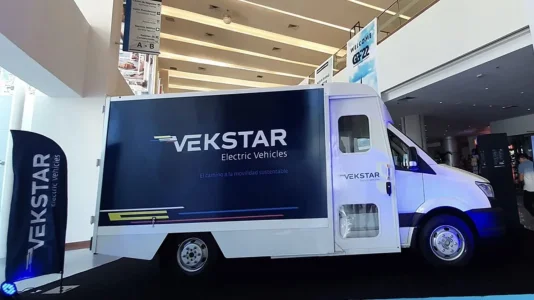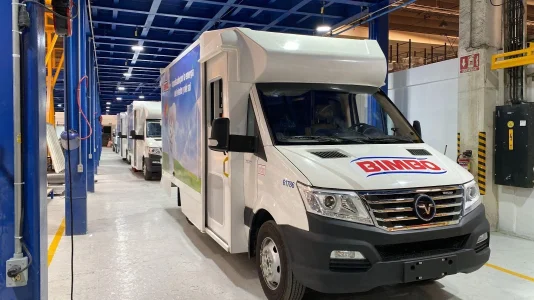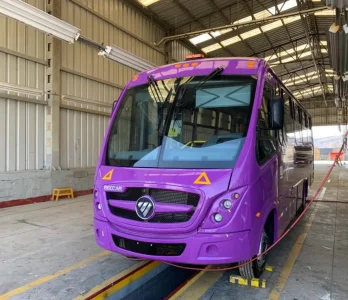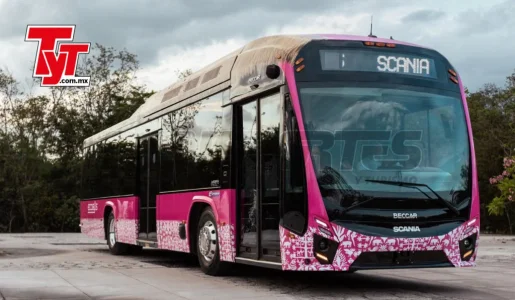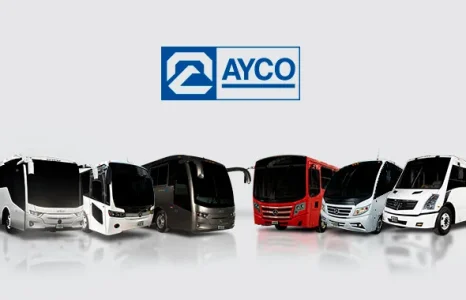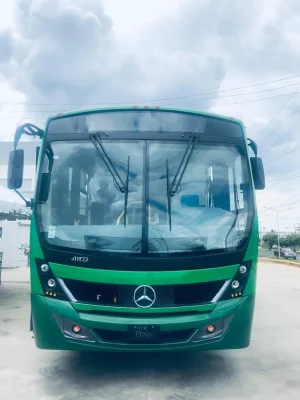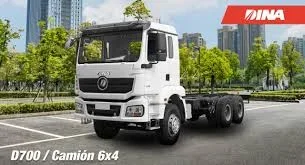AFTER THE tensions that have arisen in recent months between the United States and China, the North American has sought to relocate supply chains, finding in Colombia a great strategic ally for the purchase of various products.
According to data from the US Census Bureau, 17 Colombian products, which are part of the 108 tariff items identified by the Colombian American Chamber of Commerce, AmCham Colombia, within the framework of the US-China tension, increased their presence in the US market, after a lower supply from China.
In the first five months of 2024, according to figures from the office, exports of these 17 Colombian products reached US $885 million, and had a growth of 12%, from the US $790 million registered for the same period in 2023.
Products
On the other hand, the Chinese products that fell the most in the US, between January and May 2024 and that had a positive response in Colombia, were: butter, fat and cocoa oil, with shipments of US $2.8 million (+17%); tiles and elements for fireplaces, exporting US $1.3 million (+33%); hydrogen chloride, with sales of US $648,507 (+30%); and charcoal, with US $834,683 (+32%), respectively.
Likewise, other products stand out, such as vinyl chloride polymers (US $11.5 million); dates, figs, pineapples, avocados and mangoes (US $28.4 million); cereal flour (US $5.6 million); braided hats and headdresses (US $426,115); registration books, checkbooks and diaries (US $4.9 million); and fruits and edibles made from prepared plants (US$40.8 million), each.
“Non-mining and energy products continue to be the main driver of Colombian exports in the United States, particularly agriculture and manufacturing, which continue to take on more and more opportunities for the country. Legal security is essential to the goal of energizing productive sectors, promoting investment and strengthening the country's competitiveness at a regional level,” added Lacouture.
Business connections
Additionally, he pointed out that all Colombian companies can take advantage of this potential, which is why he mentioned that on September 10 and 11 AmCham Colombia will have a business roundtable with 200 buyers from the United States who will come to Bogotá to have business meetings with 400 exporters from the country.
Of the buyers from the United States that are already registered, there are companies that have distribution coverage in 25 states of the United States. The call is aimed at Colombian exporters in the agro-food and manufacturing sectors, including fashion and cosmetics. While participating US companies will include distributors, brokers, direct buyers, specialized companies, jewelry boutiques, supermarkets and, in general, companies looking for Colombian suppliers.
After the presentation of the US Government initiative, the Alliance for Economic Prosperity in the Americas (APEP), which seeks to strengthen supply chains and promote cooperation between allied Latin American countries, ‘friendshoring’ continues to set the tone for the reconfiguration of trade in the region.
APEP has added multilateral cooperation efforts such as the formation of programs for the development of a qualified workforce, cybersecurity and the application of new technologies. US Secretary of State Antony Blinken said that $3 billion will be allocated to sustainable projects that are in their consolidation phase, in addition to $30 million for cybersecurity in the region.
On this, Lacouture said that “although Colombia's geographic positioning makes it attractive, the country's potential for economic diversification stands out as one of the greatest attractions among the Latin American countries that are part of APEC.”

Colombia exporta más a EE.UU. y reemplaza a productos chinos
El país se ha convertido en un aliado clave para los norteamericanos ante cambio en cadenas de suministrowww.elnuevosiglo.com.co
The demands do not stop and the Mexican government does not want to put its marriage at risk. It is right. In that sense, we can understand the recent decision of the Ministry of Economy to impose tariffs on 544 products, including footwear, wood, plastic, electrical material, musical instruments, furniture... and steel.The Ministry of Economy's statement is careful in its language. The word China is not mentioned in it. Secretary Raquel Buenrostro was also very cautious in her phrasing: tariffs are imposed to avoid unfair competition from countries with which we do not have trade agreements.

Para China con desamor: 544 aranceles
En el matrimonio entre México y Estados Unidos no hay lugar para un amante chino. El Tío Sam revisa con lupa las relaciones de México con el dragón. Nuestro principal socio comercial se ha vuelto cada vez más posesivo. Nos pide “pruebas de amor”, una y otra vez. Nos ofrece como premio el...www.eleconomista.com.mx
Shein, Temu, TikTok Shop: Are Chinese e-commerce platforms an existential threat?

Shein, Temu, TikTok Shop: Are Chinese e-commerce platforms an existential threat?
Their use of innovative technologies and ‘gamification’ tools places them at the forefront of the digital retail revolution. What are the secrets of their success and can the rest of the world measure up?
Every once in a while I do enjoy a frivolous scroll through TikTok, but my feed is becoming increasingly saturated with people trying to sell me stuff.
From swimsuits and slippers to makeup and toilet rolls, everywhere I turn I'm bombarded with videos of influencers urging me to stock up on the latest trending product available to buy through TikTok shop.
As I continue to scroll, there are more videos of social media users decanting piles of new clothes from plastic Shein bags or ripping open bright orange packaging to reveal a host of items from Temu. It’s not just influencers endorsing these sites; in recent years, celebrities such as Katy Perry, Khloé Kardashian, Hailey Bieber and Rita Ora have all collaborated with Shein.
While Amazon and eBay continue to lead in digital retail, these platforms, along with Alibaba and JD.com, have gained significant popularity among UK consumers as the likes of Boohoo.com, Asos and Pretty Little Thing see their revenues slump.
Is there an existential threat to the UK and perhaps even the global e-commerce sector? Or are there lessons to be learned from their success?
Soaring popularity
By the end of 2023, Temu racked up a staggering £27bn in revenue, with Shein boasting a smaller – but no less impressive – $2bn (£1.5bn) in UK sales. Approximately 370 million items, worth $11bn, were sold via TikTok’s shopping arm in the UK in 2023, generating a total of $2.49bn for the platform.Asos’s 2023 revenue, meanwhile, came in at £1.5bn, while sales at Boohoo and Pretty Little Thing stood at £1bn and £634m respectively.
“[Temu] really grew in the first six months of use in the UK,” says Paul Carter, CEO of consumer insights company GWS Magnify.
“At six months, it was up to 14 million monthly users. Even 17 months ago, Shein’s UK users were already at four million. By comparison, Amazon has around 25.5 million monthly users.”
The popularity of these platforms speaks to wider macroeconomic and social media trends: sites like Shein, Temu and TikTok Shop sell countless products at very low prices and are quick to tap into the latest home and fashion trends, often offering cheaper ‘dupes’ of more expensive mainstream brands to scores of cash-strapped consumers across the UK.
But with low prices can come low or inconsistent quality, with customers complaining about shoddy stitching or poor quality materials from some Chinese e-commerce platforms, produced in factories with less-than-ideal working conditions. In fact, workers’ rights campaigners have called for a potential Shein listing on the London Stock Exchange to be blocked, citing concerns around the company’s labour practices.
Consumption demands
Frightening stories have come from people who claim to have worked in the factories of some of these companies. In December 2020, a young woman died after finishing a shift at a factory owned by Pinduoduo, whose parent company PDD also owns Temu, sparking concerns that she died due to the infamous ‘996’ culture, where employees can work from 9am to 9pm, six days a week (some work even longer).In 2021, Swiss advocacy group Public Eye reported that a number of workers across six Shein sites in Guangzhou, a city northwest of Hong Kong, were doing excessive overtime. According to the group, which interviewed 13 factory workers, excessive overtime is common.
The domination of these – and other ecommerce – platforms can also come at a high price for the environment. They are often accused of selling ‘fast fashion’ – inexpensive clothing rapidly mass produced to keep up with the latest trends. According to the UN Environment Programme, the fashion industry is the second biggest consumer of water and is responsible for almost 10% of global carbon emissions.
Poor product quality, working conditions and sustainability practices have “been an issue for as long as [e-commerce] platforms have been around,” says Michael Zakkour, founder of retail consultancy 5 New Digital. Even e-commerce behemoths like Amazon have “reams of paperwork” detailing complaints from customers.
“The easiest remedy for complaints,” says Zakkour, “is free returns. You don’t like it, you send it back. These new platforms now have the same policy.”
He also believes customers “know what the deal is” when buying products from these sites. If someone is “ordering a men’s polo shirt for £6, it might be OK when it gets to you, or it could suck”, he says.
Consumption is “human nature”, according to Michelle Lai, director of Yonder Consulting. “If you’re a 16 year-old and you want a new handbag or t-shirt, you’re going to shop where you can get it cheaper. Whether it’s been sourced ethically or dyed responsibly isn’t going to be a consideration.” She believes that there is a “mismatch” between what consumers say they want – ethically sourced, sustainable products – and the behaviour they exhibit – buying products that do not meet these standards.
“These platforms are simply answering a demand.”
The gamification of e-commerce
Aside from offering cheap products, much of what makes these sites so successful is the ‘gamification’ of online retail.Zakkour says e-commerce is evolving into “immersive commerce” through the use of “gamification, 3D product pictures [and the] live streaming [of] shoppable content”.
“We’re connecting that ‘immersivity’ with online shopping, which has helped set the stage for the rise of these Chinese e-commerce platforms.”
Dr Paul Carter says these platforms take the consumer on a “purchase journey” to try to keep them in the app as long as possible, usually by enticing them with rewards or promotions – something with a “perceived urgency”. As the customer learns more about what products are available, these sites learn more about them and what their interests are – making them more likely to return frequently.
These platforms also spend “an incredible amount of money on digital advertising”, says Michael Zakkour. Last year, in fact, Temu spent $2.5m on digital advertising alone – “you can’t open a website or social media app without seeing those funky little Temu ads”. Two years ago, the company even bought two 30-second adverts during the Superbowl (one advert costs around $7m).
While their marketing may not be sophisticated, says Zakkour, they have mastered the algorithm that keeps people on their sites.
“People don’t shop anymore. Algorithms shop for them. The algorithm is telling them whether they like something or not, whether they are conscious of it or not. Once you set foot onto these sites, they use a very sophisticated algorithm to keep you coming back to buy more.”
The question of whether these platforms are an ‘existential threat’ to the UK – and potentially global – e-commerce sector could in part depend on how quickly established players can adopt some of these immersive technologies. Walmart is among those to bet on their importance. In May this year, it launched Walmart Realm, a “metaverse-style” immersive digital shopping platform, which allows shoppers to buy products from within three virtual environments.

